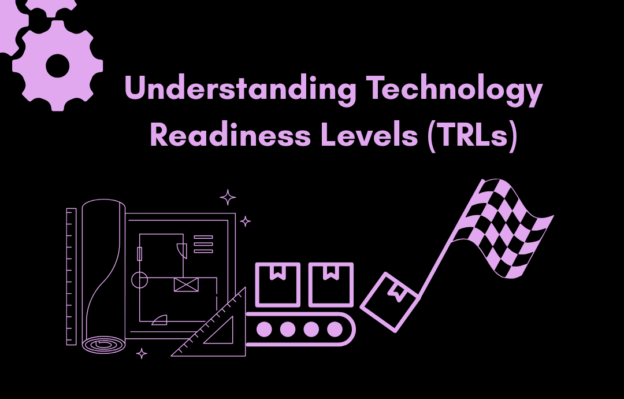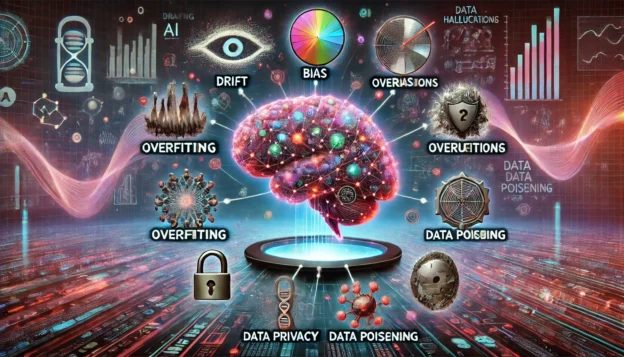On December 9, 1968, Douglas Engelbart’s “The Mother of All Demos” showcased pioneering technologies like the computer mouse, graphical user interface, hypertext, collaborative editing, video conferencing, and advanced word processing, which became foundational to modern computing. While he did not anticipate the internet’s full scope, mobile computing, AI, cloud services, social media, or quantum computing, his visionary work laid the groundwork for the digital revolution, demonstrating the transformative power of innovative thinking. Engelbart’s legacy continues to inspire advancements in technology.
Continue reading













